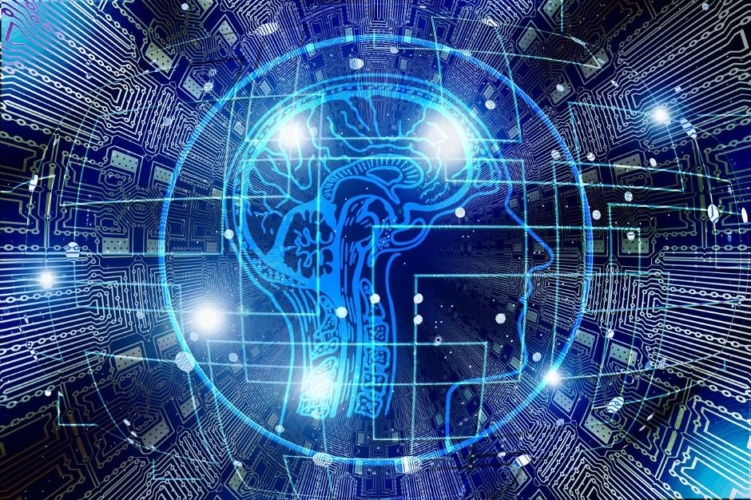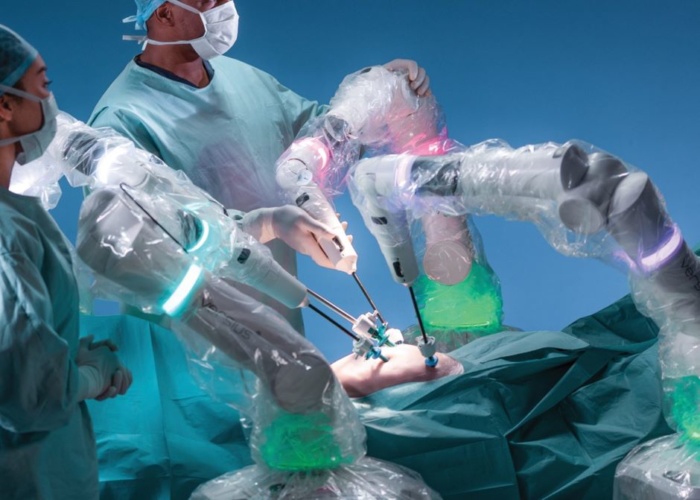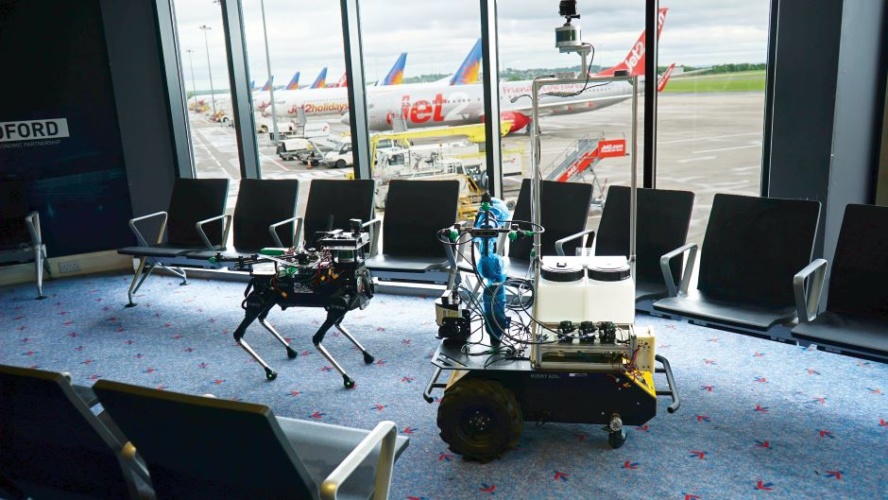
The global COVID-19 pandemic has accelerated the broad implementation of AI and robotics and will continue to do so, says Dr Antonio Espingardeiro, IEEE member.
Robots are rapidly changing healthcare and making a significant impact in the field of medicine. This relieves medical personnel from everyday tasks and frees up resources for more urgent responsibilities – making medical procedures safer and less expensive for patients in the process. As artificial intelligence (AI) becomes more sophisticated and can efficiently conduct tasks traditionally undertaken by humans, the potential for the technology within healthcare is great, especially as the world continues to navigate the ongoing pandemic right now. As such, we are seeing AI and robotics become a credible part of our healthcare ecosystem.
As within the customer service industry, healthcare systems are experiencing the progressive introduction of online chatbots as an effective triage method, and AI systems are increasingly empowered to automate common questions or answers to speed up healthcare diagnostics. This is made possible by adding natural language understanding (NLU) capabilities through online chat menus. Chatbots today have taken it to the next level, where we can have natural language processing (NLP) abilities through speech recognition for interpreting people’s answers.
It is increasingly likely that healthcare chatbots will become ‘forwarding gates’ to specific healthcare professionals according to the symptoms reported by patients. This is particularly valid in times of crisis, where resources are stretched and call centres are overloaded with enquiries from people seeking advice. Another driver for the use of chatbots for online triage is the current need to enforce social distancing and reduce crowding in common areas such as surgeries, emergency rooms and hospitals.
Though this is a relatively new concept, public sentiment toward the use of AI in this way is positive. In its recent ‘Generation AI’ study, the IEEE examined the confidence Millennial parents with children under 11 years-old may have in AI and emerging technologies for the health and wellness of their families. In the UK, 57 per cent of those surveyed would be extremely or very likely to chat online with an AI and speech recognition-powered chatbot to diagnose their sick child.

In recent years, healthcare’s use of robotics has expanded immensely in other areas, including surgical procedures. Surgical robots have a high potential due to the level of precision that can be achieved by controlling robotic arms. More specifically, robotics can reduce the potential for human tremor and augment ‘surgical eyes’ through enhanced stereoscopic displays that were not previously available.
During such procedures, the surgeon is present and monitoring the whole process from a console, effectively controlling the robot in real time with both hands in joystick pads. Each movement of the surgeon is translated through high precision to robotic arms that can perform tasks such as cutting and removing tissue to stitching patients. For added reassurance, the surgical team is fully prepared for such technical procedures and continue to assist the surgeon as normal.

While surgical robots have been particularly successful in the last two decades to perform complex surgeries such as breast and prostate cancer removals, the technology continues to be extended to other clinical areas such as cardiology, urology, and dentistry. Ultimately, the healthcare industry is constantly evaluating the use of robotic arms for less invasive surgical procedures that could lead to reduced trauma for patients and faster recovery times. As surgical robots continue to bring new innovations and accuracy to the operating room, public confidence is growing. This can be seen in the same IEEE survey, which found that a majority of respondents in the UK are extremely (38 per cent) or somewhat likely (20 per cent) to allow robots powered by AI to conduct surgery on their child.
When it comes to non-surgical applications of robotics, we are seeing increased use of sanitisation robots to take on the dirty, dangerous, and dull job of keeping hospitals clean. In practice, this involves using mobile robots with autonomous navigation capabilities to move through hospital rooms and corridors transporting rubbish – from disposals to recycling materials or even organic waste. At the same time mobile robots are being used for disinfection and spraying chemicals in public areas. This supports healthcare professionals who must focus on more critical tasks during this challenging time.

Similarly, as COVID-19 and other viruses can remain on surfaces for a long time, hospitals need to run constant cleaning activities to comply with health and safety standards. To support this remotely controlled ultraviolet robots are being used to kill bacteria instantly resulting in a cleaner environment.
In summary, AI is rapidly changing the face of healthcare and as a result, transforming the traditional role of the doctor. Though it is still early days, the global pandemic has certainly accelerated the broad implementation of this technology and will continue to do so for the benefit and safety of both patients and professionals.
Dr Antonio Espingardeiro, IEEE member










Water Sector Talent Exodus Could Cripple The Sector
Well let´s do a little experiment. My last (10.4.25) half-yearly water/waste water bill from Severn Trent was £98.29. How much does not-for-profit Dŵr...